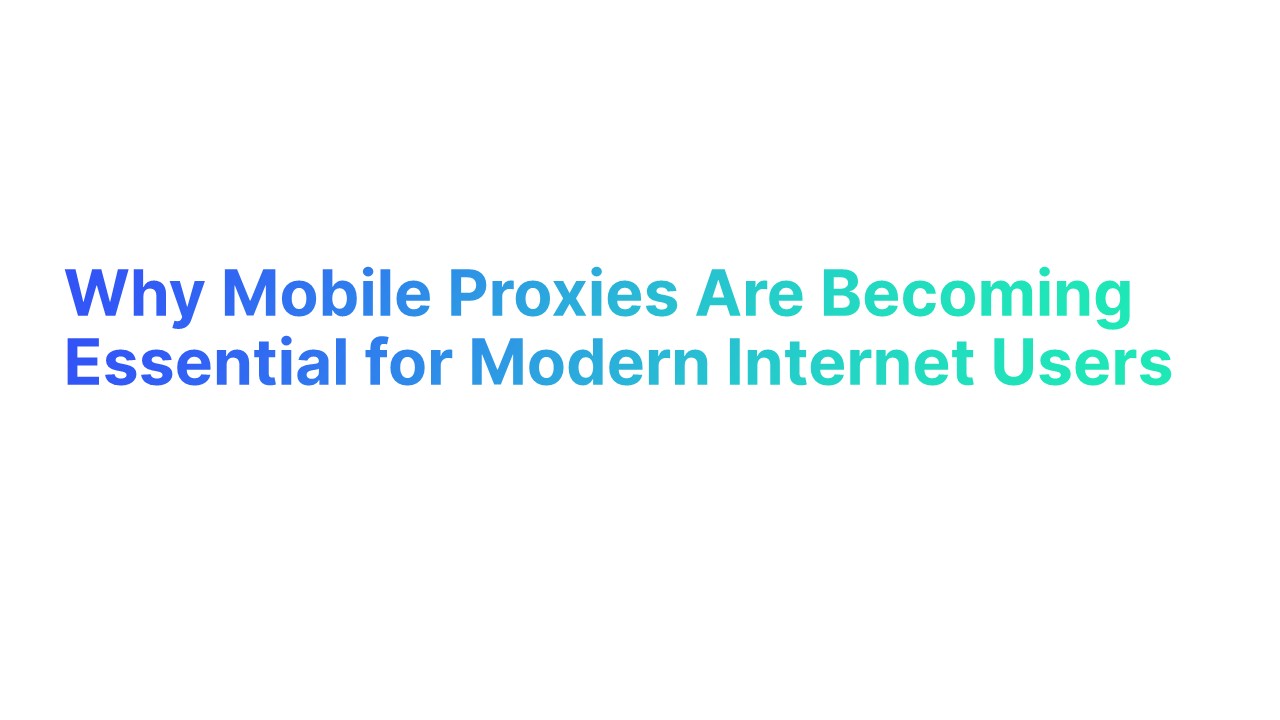A first outreach email may be a challenging chore to do, particularly if you are unsure of how to organise the email or what information to put in it. On the other hand, there are certain tried-and-true frameworks that may assist you in composing an email that is captivating and effective.
One such framework is the AIDA model, which stands for Attention, Interest, Desire, and Action.
Using this framework, you can structure your email as follows:
Attention:
Start by grabbing your recipient's attention with a subject line that piques their interest and a catchy opening line.
Interest:
Build on their attention by providing them with some context and background information on your company, product, or service. This is your opportunity to highlight how you can solve their pain points or meet their needs.
Desire:
Use this section to really sell the benefits of your offering. Explain how it can make their life easier, save them time or money, or provide some other tangible benefit.
Action:
End your email with a clear call-to-action (CTA). This could be asking them to schedule a call or demo, inviting them to learn more on your website, or simply asking them to reply if they're interested.
Another framework to consider is the Pain-Gain model, which focuses on the problems your recipient is facing (pain) and the solutions you can offer (gain). Start by identifying the pain points your recipient is experiencing, and then explain how your product or service can help alleviate those issues. This can be an effective way to show that you understand your recipient's needs and can provide a solution to their problems.
Here's an example of an email using the AIDA model:
Subject Line: Solving Your Email Overload Problem
Hi [Name],
I hope this email finds you well. I came across your LinkedIn profile and saw that you work as a marketing manager at [Company]. As someone who is also in the marketing industry, I know firsthand how overwhelming it can be to manage all the tasks and emails that come your way.
That's where our company, [Your Company], comes in. We offer a unique email management tool that helps marketers like you save time and stay organized. With features like automated email responses, calendar integration, and task prioritization, our tool can help you manage your inbox more efficiently and free up time for other important tasks.
I'd love to schedule a demo with you to show you how our tool can benefit your team. If you're interested, just let me know a convenient time and we'll set it up.
Best regards,
[Your Name]
In addition to AIDA and Pain-Gain, there are several other frameworks that can help you write a persuasive first outreach email.
These include:
PAS (Problem-Agitate-Solve):
This framework helps you to identify the problem your recipient is facing, agitate their pain points, and then present your solution as the solution to their problem.
The Soap Opera Sequence:
This framework helps you to craft a story that will engage your recipient and build emotional resonance. It consists of four parts: the hook, the build-up, the confrontation, and the resolution.
The FAB (Features-Advantages-Benefits) Method:
This framework helps you to explain the features of your product or service, the advantages they offer, and the benefits they provide to the recipient.
The SPIN (Situation-Problem-Implication-Need-Payoff) Method:
This framework helps you to describe the situation your recipient is in, the problem they face, the implications of not solving this problem, the need for a solution, and the payoff they will receive by choosing your solution.
The subject line is the first thing that a recipient sees when they receive an email, and it plays a critical role in determining whether or not they will open the email. A good subject line should be clear, concise, and attention-grabbing, and should give the recipient a sense of what they can expect to find inside the email. If the subject line is too long, vague, or spammy, the recipient is likely to delete the email without reading it. On the other hand, a well-written subject line can help to pique the recipient's curiosity and encourage them to engage with the email. This is why it is so important to put thought and effort into crafting a compelling subject line for your cold emails.
Here are a few tips to help you craft an effective subject line for your cold emails:
Keep it short and sweet:
A subject line that is too long or confusing may be cut off on some devices, or may simply be overlooked by the recipient. Aim for around 50 characters or less, and make sure the most important information is at the beginning.
Make it personal:
If you have done your research and know something about the recipient, consider using their name or a specific reference to something that will grab their attention. For example, "Quick question about your recent blog post" is more likely to be opened than "General inquiry".
Be clear and concise:
Use straightforward language that clearly conveys the purpose of your email. Avoid jargon or technical terms that the recipient may not understand, and be sure to avoid spammy phrases like "Free money" or "Earn $1000".
Use action words:
Encourage the recipient to take action by using words like "Learn", "Discover", or "Get". These words can help spark their interest and make them more likely to open your email.
Test and optimize:
Don't be afraid to experiment with different subject lines to see what works best. Try A/B testing by sending two slightly different versions of your email to a small group of recipients, and see which one gets the better response. This will help you find out what works best for your audience and improve your chances of success.
Optimize for mobile clients:
More and more people are checking their emails on their smartphones, so it's important to make sure your subject line is short and easy to read on a small screen. Try to keep it to 50 characters or less, and avoid using overly long words or complex phrases. In addition, consider using emojis or other visual elements to catch the eye and make your subject line stand out in a crowded inbox.








